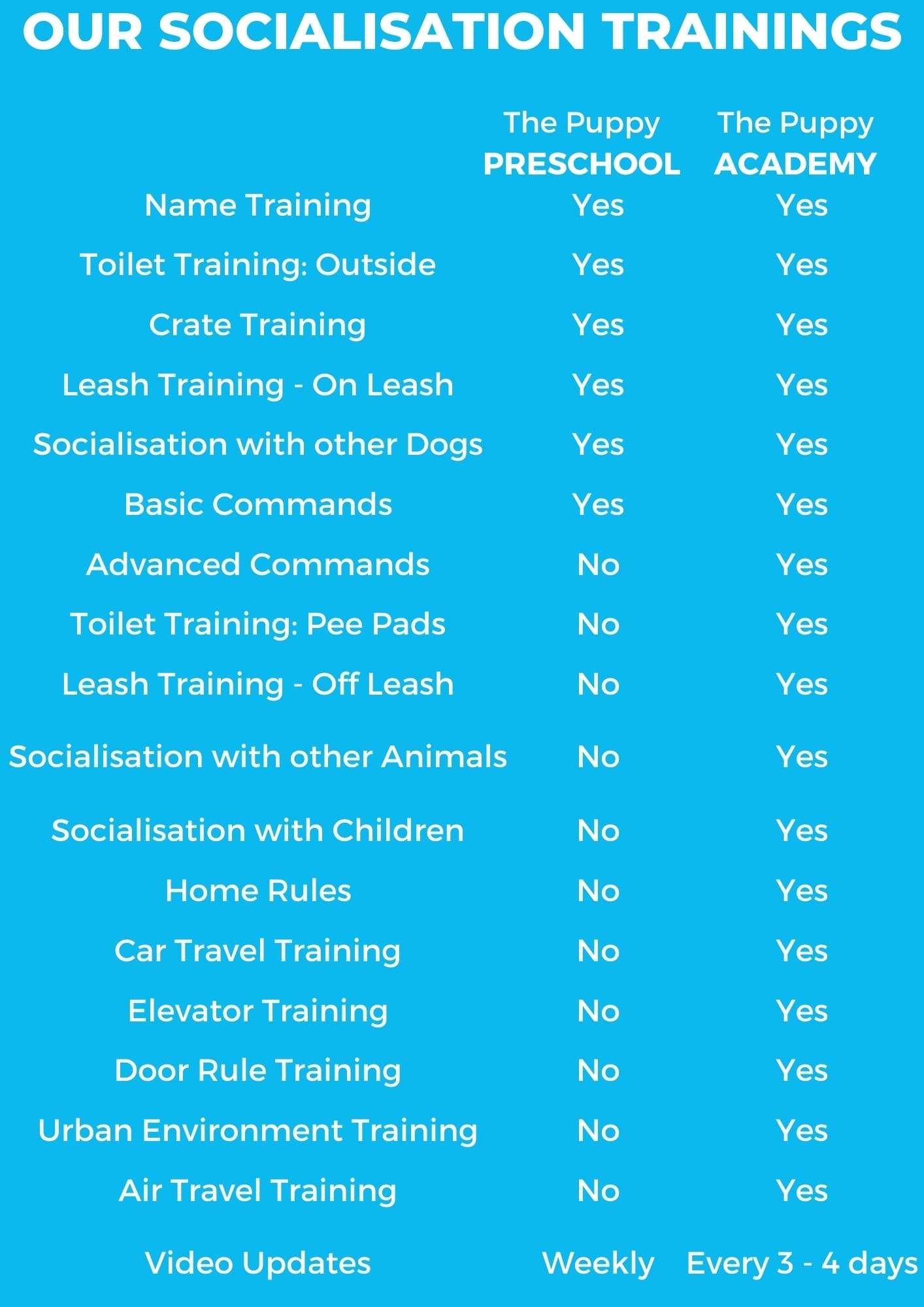
Italian Sighthound
This miniature sighthound is a pint-sized hunting dog. Italian Sighthounds love to chase prey, so keep him/her on a leash when you’re outside. This small breed is ideal for apartment life. but beware: they can be difficult to toilet train! Italian Sighthounds are very affectionate, and make excellent family pets.
Italian Sighthound breed attributes
About Italian Sighthound breed
Description
Also called the Italian Greyhound, the “Iggy”, or “Piccolo levriero Italiano” in Italian, this dog breed is a perfect sighthound in miniature form. These small dogs are incredibly slender, with a refined and delicate appearance. The Italian Greyhound’s head a small and elongated, with a narrow tapered muzzle. The eyes are large and round, but should never protrude. The little ears are high-set and folded, though when the dog is alert, they fly out like little propellers.
The neck is gently arched and lean. The dog’s back is likewise slightly arched, curving a little towards the tail. The chest is narrow yet deep. The Italian Greyhound’s tail is low-set and tapered, and the end is curved. The legs are lean and straight, ending in oval shaped paws.
Origin: Italy
Look
The Italian Sighthound has fine skin, with a coat of short, silky hair. They only shed lightly, and need very little grooming to remain neat and clean. Typical coat colours include black, grey, and Isabella (pale yellow or beige). Some dogs may have white markings on their feet and chests.
Health
The Italian Sighthound is generally a healthy dog, but is prone to a few health conditions:
- Eye problems:
- Cataracts
- Vitreous Degeneration
- Progressive Retinal Atrophy (PRA)
- Allergies
- Crypto-orchidism
- Drug sensitivity (to barbiturates and organophosphates)
- Epilepsy
- Hip Dysplasia
- Hypothyroidism
- Legg Calve Perthes Disease
- Patellar Luxation
- Portosystemic Shunt (PSS)
- Von Willebrand’s Disease
At Newdoggy.com we promote puppies coming from reputable breeders, who use genetic testing and good breeding practices to remove genetic conditions from their breeding lines. Newdoggy.com’s Health Guarantee certifies that all promoted puppies are in good health.
Learning
The Italian Sighthound is intelligent but sensitive, so you should take this into account during training. It is better to use positive reinforcement or reward based training for this breed. This clever breed will soon realise what you want. They can be a little stubborn, so be patient and encouraging. Make training fun for your Italian Greyhound, and you’ll be impressed at how quickly he/she will learn.
Temperament
The Italian Sighthound has two modes: energetic and relaxed. One moment they will be cuddling their human, the next they are rushing around in a sudden burst of energy. As the Italian Sighthound ages, he/she will usually become more relaxed and less prone to zooming around your home.
On the whole, this is a very bold, affectionate breed that loves to be around family. Italian Greyhounds can be very demanding of your attention: these dogs don’t appreciate being ignored. This breed hates to be left alone! They are much more reserved with strangers, but if properly socialised they will be polite.
Living with
Italian Sighthounds are energetic dogs. You should give your Iggy lots of playtime to burn off energy, and ideally a couple of walks too. Since Italian Greyhounds are quite small but fearless, only go to dog parks with an area for smaller dogs. Iggies have been known to pick fights with much bigger dogs, which they will usually lose! Outside of the dog park, keep your Italian Sighthound on a leash: they have a strong prey drive, and will chase anything from birds to cars. If you have a garden or yard, make sure that your Iggy cannot escape it.
This small breed is ideal for apartment life. There is one major caveat, however: they tend to be difficult to housetrain. If your apartment opens onto a yard or balcony, this can aid you in toilet training. Italian Greyhounds can be fussy about going out to toilet if the weather is especially wet or cold. They are also not good at holding it, so if your Italian Sighthound looks like they want to go, take them out quickly to toilet.
The Italian Sighthound is a sweet and loving dog. They are very good with children, but are not a good pet for very young children (under ten years old). If you have children, make sure they are gentle with your Italian Greyhound. Italian Sighthounds are happy to live with other dogs. Some Italian Sighthounds may also be able to live with cats, if they are raised together.
Find Italian Sighthound Puppies for Sale
New litter alert
Please fill in the below form and we will let you know when a new Italian Sighthound litter arrives.

















